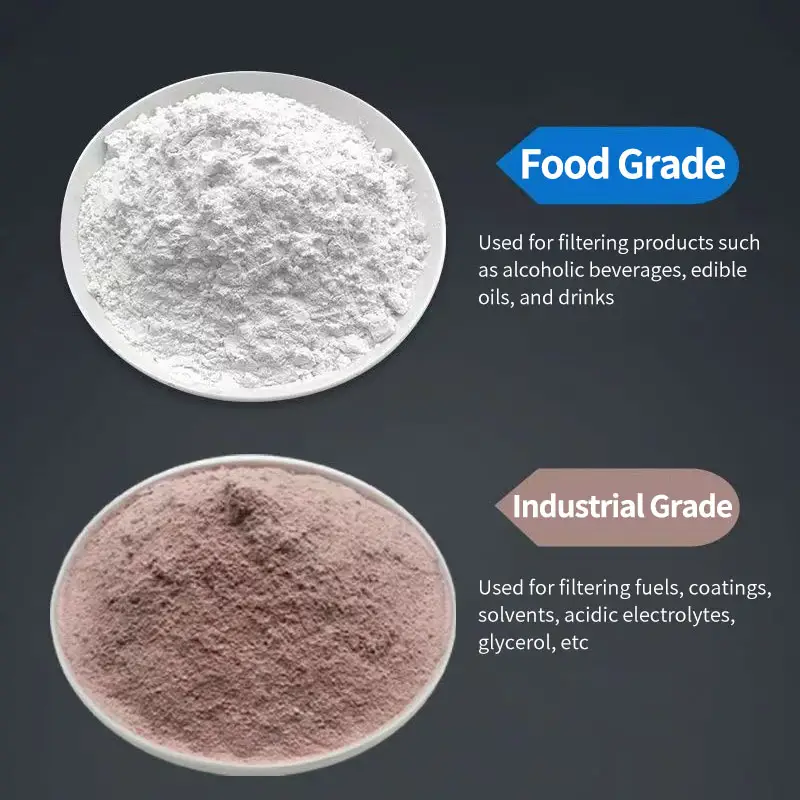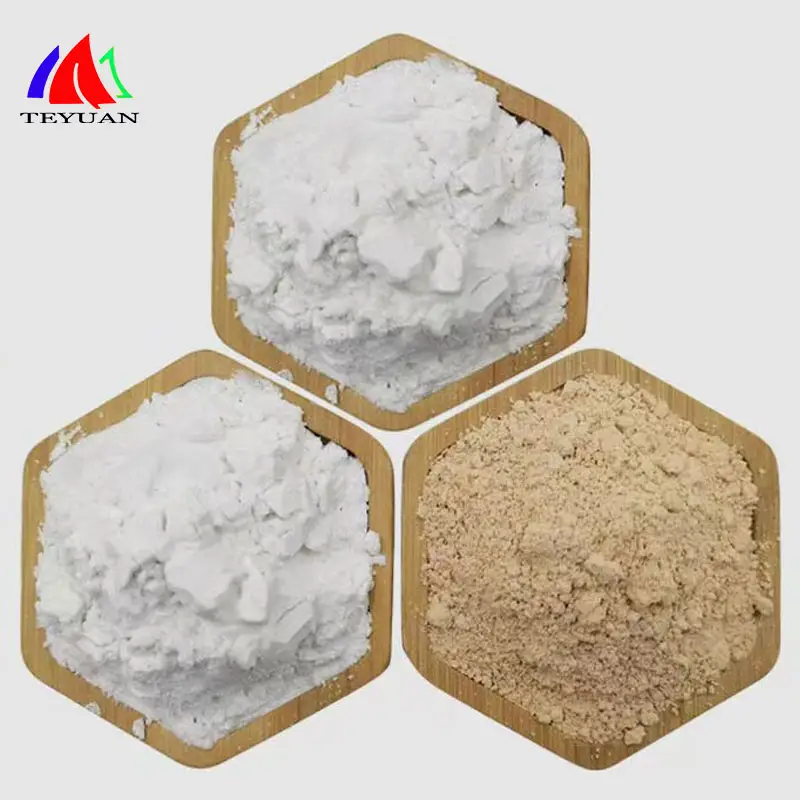Precision Printing with Toner Powder: The Key to Professional Quality
When it comes to achieving exceptional print quality, the choice of Toner Powder plays an essential role. Whether for professional documents, detailed images, or promotional materials, Toner Powder determines not only the clarity of each printed line but also how long the print maintains its vibrancy and sharpness. The composition, particle size, and bonding technology of Toner Powder make it a preferred option for high-performance printing. Understanding the science and application of Toner Powder allows both individuals and businesses to optimize their printing output for professional-grade results.
The Science Behind Toner Powder Performance
Composition and engineering of Toner Powder
Toner Powder is a finely engineered combination of pigments, thermoplastic resins, and additives. These elements are designed to melt under controlled heat and bond firmly to paper fibers. Pigments provide the color or black tone, while resins act as the binding agent to ensure adhesion. Additives improve flow properties, prevent clumping, and enhance resistance to environmental factors such as humidity.
Modern Toner Powder is created through chemical polymerization or mechanical grinding processes. Chemical polymerization produces more uniform particle sizes, leading to smoother textures and finer detail reproduction. Mechanical grinding, while cost-effective, often results in more irregular particles, which can influence print uniformity.
Particle size and precision
The particle size of Toner Powder is typically measured in microns, with premium formulations falling between 5 to 8 microns. Smaller and more uniform particles produce sharper images, richer gradients, and cleaner text. Consistency in particle size ensures predictable melting and fusion during the printing process, which directly impacts clarity and longevity.
How Toner Powder Ensures Crisp Prints
High-definition edge reproduction
Crispness in prints depends heavily on how precisely Toner Powder can define edges. Well-engineered toner allows the printer’s laser or LED system to produce sharp boundaries between text and background. This is especially important for fine text, detailed graphics, and barcodes.
High-end Toner Powder also minimizes dot gain, which occurs when toner particles spread beyond their intended area. By controlling particle placement, the printed image remains sharp even under magnification.
Smooth gradient transitions
Toner Powder excels in creating smooth tonal gradients without visible banding. Whether printing a professional photograph or a complex chart, the transition between colors or shades appears seamless. This smoothness contributes to the perception of higher resolution and professional quality.
How Toner Powder Delivers Long-Lasting Prints
Strong adhesion and durability
The thermoplastic resins in Toner Powder melt at specific fusing temperatures to bond securely to the printing surface. This fusion ensures that the toner layer is integrated into the paper fibers rather than merely sitting on top. As a result, prints resist smudging, flaking, and wear from handling.
For archival purposes, high-quality Toner Powder offers stability that can last decades without significant fading, provided prints are stored under appropriate conditions.
Resistance to environmental factors
Fading, moisture damage, and abrasion are common threats to printed materials. Toner Powder, especially those formulated for professional use, includes additives that resist ultraviolet light degradation, repel water, and maintain structural integrity under various environmental conditions.
Color stability over time
One of the most overlooked benefits of high-quality Toner Powder is its ability to maintain consistent color profiles over extended periods. Unlike some inks that shift hues as they age, premium toner formulations preserve the original color balance, which is critical for brand consistency and archival work.

Applications of Toner Powder in Professional Printing
Corporate and office use
In professional environments, Toner Powder supports the production of crisp contracts, presentations, and marketing collateral. Its ability to maintain consistent quality over large print runs ensures brand materials always look polished and uniform.
Creative and photographic printing
For photographers, graphic designers, and artists, Toner Powder can reproduce fine details and vibrant colors faithfully. The ability to print on various media types—glossy, matte, textured—gives creative professionals flexibility without sacrificing quality.
Industrial and security printing
In industrial settings, Toner Powder is used for labels, technical manuals, and compliance documents that must remain legible in harsh conditions. Security printing, such as checks and certificates, benefits from toner’s ability to hold microtext and anti-counterfeiting patterns with precision.
Maximizing Toner Powder Efficiency
Printer calibration and maintenance
To achieve the best results with Toner Powder, regular printer calibration is essential. Calibration ensures consistent color reproduction, precise alignment, and proper toner density. Cleaning components such as fuser units and toner cartridges prevents buildup that could compromise clarity.
Choosing the right Toner Powder formulation
Not all Toner Powder is the same. Some are engineered for high-speed printing, others for color accuracy or extreme durability. Selecting the correct formulation for the intended use case can significantly impact performance and cost-efficiency.
Proper storage and handling
Toner Powder should be stored in a cool, dry environment to prevent clumping or degradation. Keeping cartridges sealed until use ensures that environmental moisture does not compromise flow properties.
Future Innovations in Toner Powder Technology
Eco-friendly formulations
Sustainability is shaping the future of Toner Powder development. Manufacturers are creating biodegradable toner resins, reducing energy requirements for fusing, and incorporating recycled materials without compromising quality.
Smart toner systems
Next-generation printing technology is integrating AI-based toner management, which can adjust particle density, fusing temperature, and toner distribution on the fly for optimal results while minimizing waste.
Hybrid printing capabilities
Emerging printing solutions are combining Toner Powder technology with inkjet or 3D printing processes to produce unique finishes, raised textures, or specialty effects in a single pass.
FAQ
What is the main advantage of Toner Powder over liquid ink?
Toner Powder fuses to the paper surface for sharper, more durable prints that resist smudging and fading.
How can I extend the lifespan of prints made with Toner Powder?
Store prints away from direct sunlight, high humidity, and extreme temperatures to preserve vibrancy and clarity.
Can Toner Powder work on specialty papers?
Yes, many formulations are compatible with glossy, matte, and textured papers, producing consistent results across different media types.
Does Toner Powder require special maintenance for printers?
Routine maintenance, including calibration and cleaning, ensures that Toner Powder delivers optimal performance and prevents print quality degradation.
Table of Contents
- Precision Printing with Toner Powder: The Key to Professional Quality
- The Science Behind Toner Powder Performance
- How Toner Powder Ensures Crisp Prints
- How Toner Powder Delivers Long-Lasting Prints
- Applications of Toner Powder in Professional Printing
- Maximizing Toner Powder Efficiency
- Future Innovations in Toner Powder Technology
- FAQ

